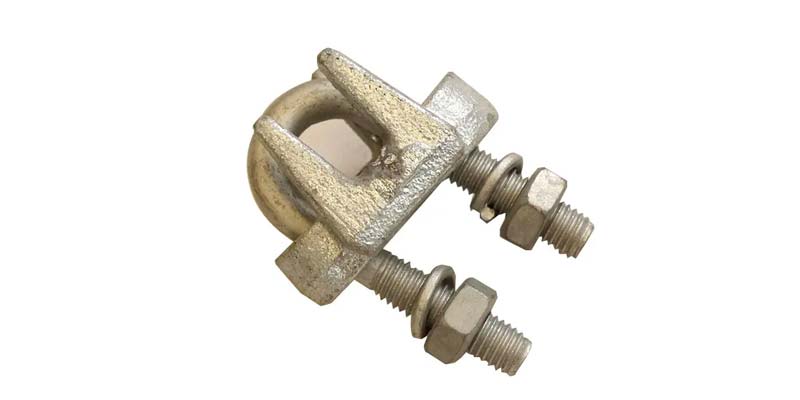- Contact Innally, Let you purchase forgings in China more favorable prices, products more assured!
- Hotline:+(86)15038323776 Email:innally@innally.com
Production technology of electric power fittings forgings
- Category: Electric power fittings, Titanium alloy forging
- |
- Date: 30/01/2024
the production process of power fittings forgings involves many links, from raw material preparation to the final quality inspection and packaging, each link has an important impact on the quality and performance of the product. Through scientific and reasonable production process control, high quality power fittings forgings can be produced, which provides a strong guarantee for the safe and stable operation of the power system.
Product Details
As an important part of electric power system, the production process of electric power tool forgings has an important influence on the quality and performance of the products. This paper will introduce the main production technology of electric power tool forgings.
First, raw material preparation
The first step in producing electric tool forgings is to prepare raw materials. Usually use steel, copper and other metal materials as raw materials, according to the different requirements of the product to choose the appropriate material. The quality of raw materials directly affects the quality and performance of forgings, so the quality of raw materials must be strictly controlled.
Two, heating treatment
Heating treatment is an important step in the production process of electric metalworking. The material is softened by heat to facilitate forging and forming. During the heating process, the temperature and time should be controlled to ensure that the material is evenly heated to prevent the loss of material properties caused by overheating or underheating.

Third, forging process
Forging is a key link in the production of electric tool forgings, through which various shapes and specifications of forgings can be formed. According to product design requirements, make a reasonable forging process, including forging temperature, deformation, forging times and other parameters. By controlling the forging process parameters, the shape and dimension accuracy of the forging are guaranteed, and the required mechanical properties are obtained.
Fourth, heat treatment process
Heat treatment is an essential link in the production process of electric metal forgings, through which the internal structure and mechanical properties of materials can be changed. According to different materials and product requirements, choose the appropriate heat treatment process, such as quenching, tempering, annealing, etc. Heat treatment process plays an important role in improving the strength, toughness and corrosion resistance of materials.
Five, mechanical processing
For some power tool forgings, machining is required to complete the final shape and size. Machining includes turning, milling, drilling and other processing methods. Through machining, the accuracy and surface quality of the forgings can be further ensured.
Six, surface treatment
In order to improve the corrosion resistance and beauty of power metal forgings, surface treatment is needed. Common surface treatment methods include galvanized, spray, spray paint and so on. Select the appropriate surface treatment method according to the specific requirements, so that the forging has good anti-corrosion performance and appearance quality.
- Quality inspection and packaging
Finally, the quality inspection and acceptance of the produced power metal forgings are carried out. The test contents include appearance quality, dimensional accuracy, mechanical properties and so on. Packaging and storage after ensuring compliance with relevant standards and design requirements. Reasonable packaging can protect the safety of forgings during transportation and storage to avoid damage and corrosion.
In summary, the production process of power fittings forgings involves many links, from raw material preparation to the final quality inspection and packaging, each link has an important impact on the quality and performance of the product. Through scientific and reasonable production process control, high quality power fittings forgings can be produced, which provides a strong guarantee for the safe and stable operation of the power system.
nannan
INNALLY mainly provides you with various types of cast and forged parts products. Welcome your inquiries! innally@innally.com
Related Products
Search
Forging center
- Steel forgings
- Aluminium alloy forging
- Titanium alloy forging
- Stainless steel forging
- Copper forging
- Automotive forgings
- Locomotive forging
- Bicycle forgings
- Motorcycle forging
- Rigging and fasteners
- Bearing forging
- Electric power fittings
- Marine forging
- Mechanical forgings for metalworking
- Mining machinery forgings
- Marine engineering forgings
- Construction machinery forgings
Popular product

© 2025. All Rights Reserved.






